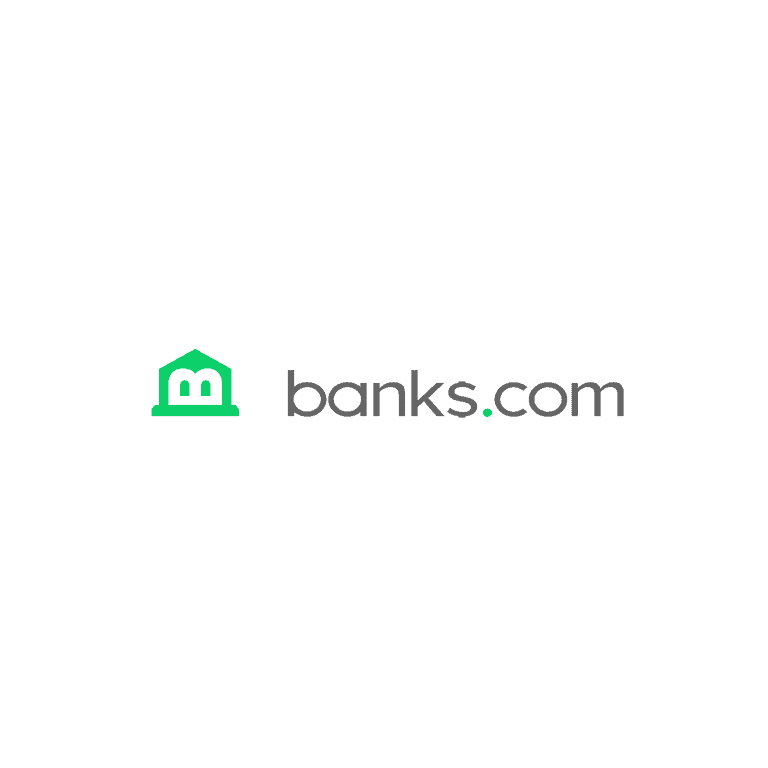Do you know what’s Important about a high interest savings account apart from the interest rate? When reviewing the sea of options to open a high interest savings account many banks only advertise their rate of return. Which can lead many of us to believe that other than the interest rate, all savings accounts are the same. While this may seem true on the surface, there are plenty of other factors that differentiate savings accounts.
A high interest savings account, also commonly referred to (usually online) as high yield savings accounts, are rapidly growing in popularity. Are the terms high interest and high yield just arbitrary? How much do they vary from bank to bank? More importantly, should your main focus be solely on interest rates?
Savings Accounts At A Glance
A savings account is a safe place for you to store your money while still having easy access to it for emergencies or large purchases. It’s often suggested that people save the equivalent of three months’ income as an emergency fund — and a savings account is the best place to store money for this purpose. This is a great safety net for unexpected medical expenses, a job loss or fluctuation in wages, or just whatever may arise.
Regulation D & Withdrawal Limits
Both high interest savings accounts and traditional savings accounts are subject to Regulation D. This is a set of rules put into place by the government to discourage people from using their savings account the same way they would use their checking account. This helps banks make better predictions about the total amount held in their depositors’ accounts.
The primary way Regulation D affects consumers is by having a limit on the number of withdrawals you can make each month from a savings account. Typically the limit is six withdrawals, with some banks imposing fees after just three or four. Every single American bank that offers a savings account must follow Regulation D, so you will not be able to shop around and find a bank that has more lenient rules on that withdrawal limit.
What’s a High Interest Savings Account: Interest Rate Averages
As of mid-2019, the average savings account interest rate is currently sitting at a whopping 0.09%. Such a low average is primarily caused by ‘traditional’ in-person banks offering low interest rates, or no interest at all. A high interest savings account may seem like a great option whenever you consider the fact that they’re averaging a little over 2%, or about 22 times that of a ‘traditional’ account.
Brick-and-mortar banks can get away with offering such low interest rates because the average consumer likely has about three or four other products with that bank — checking accounts, car loan, mortgage, certificates of deposit, etc — so these consumers are less likely to go open accounts at an entirely different institution solely to make up for a low rate on their savings account. These may also be consumers that are set in their ways and are put off by the idea of an online only high interest savings account.
What About Money Market Accounts?
A money market account (not to be confused with a money market fund) is classified as a savings account by the feds and is still subject to Regulation D. On the surface a money market account looks just like a high interest savings account but acts a little bit differently. These accounts also still come with the standard FDIC insurance that other deposit accounts carry. The two main difference between a money market account and a typical savings account are:
- Money market accounts often require a much larger opening deposit amount.
- A higher minimum balance typically must be maintained to keep the money market account open.
For those with a higher amount ready to deposit, a money market account just may be the type of high interest savings account you’re looking for. A traditional brick-and-mortar bank likely offers higher interest rates on their money market accounts compared to a regular savings account. To earn more interest on a savings account, you typically have to go with one of the online-only institutions that specialize in high interest savings accounts.
Finding The Best High Interest Savings Account
Choosing the right savings account may seem trivial to some, but it is a necessary step to take in order to help achieve your financial goals. The interest paid on savings accounts usually raises and lowers as the federal reserve rate goes up and down. The feds have raised rates multiple times over the last couple of years, which means savings account interest rates have been on the rise. Here are some tips that apply to anyone and everyone out there who is seeking out a new savings account.
- Shop Around: Different banks and institutions offer different interest rates. One bank might offer one account that has different rates for differing balance amounts. You are hiring the bank to work for you, treat this as if you were interviewing a new employee. Shop around, get quotes, and ask questions.
- Use Different Websites: Piggybacking off of the above tip, when shopping around online be sure to use different comparison websites. One website comparing high yield savings accounts may show a different rate than another. Ensure you’re looking at the most up-to-date rates available.
- Don’t Be Afraid to Switch: Switching from one institution to another isn’t that hard. If you’re not satisfied with your current bank’s rates then do not be afraid to jump ship.
- Local Banks and Credit Unions: If doing business is important to you, then you should first shop around at local, smaller banks or credit unions. The big-name nationwide banks are not exactly known for their outstanding savings account interest rates.
- Variable Interest Rates: It’s not too common but some banks may go for a bait-and-switch tactic of sorts. They reel in new customers with high interest rates that, according to the fine print you probably wouldn’t read, will drop down to a lower rate after a month or two.
- Frivolous Fees: Be sure to ask the banker or read the fine print online to avoid fees — minimum balance fees, monthly fees, hidden fees, convenience fees — banks may try to make up for their high interest savings accounts with fees on the back-end.
- FDIC Insurance: As you build your balance up you want to be mindful of the FDIC deposit insurance rates. Banks rarely fail to the point of needing to cash in on the FDIC insurance, but it doesn’t hurt to keep in mind your accounts are insured for up to $250,000.
With a bit of proper research it is fairly easy to find a trustworthy bank that offers a high interest savings account with low (or no) fees and a lenient policy for its depositors. The fact that you’re reading this article means you’ve already taken the first step of doing your due diligence and are already a step above the average American. Your money and your bank should work for you, and a savings account is one of the absolute safest places to store your cash and earn some interest while doing so.







